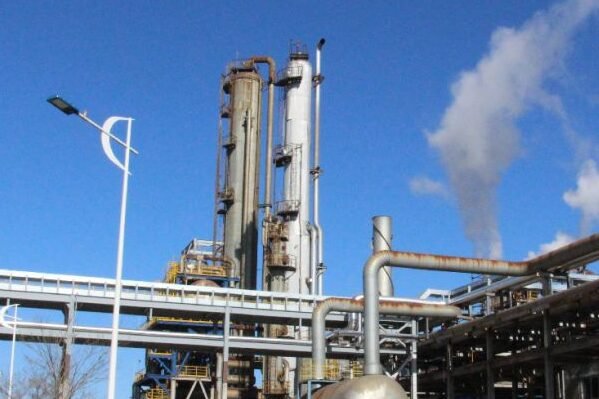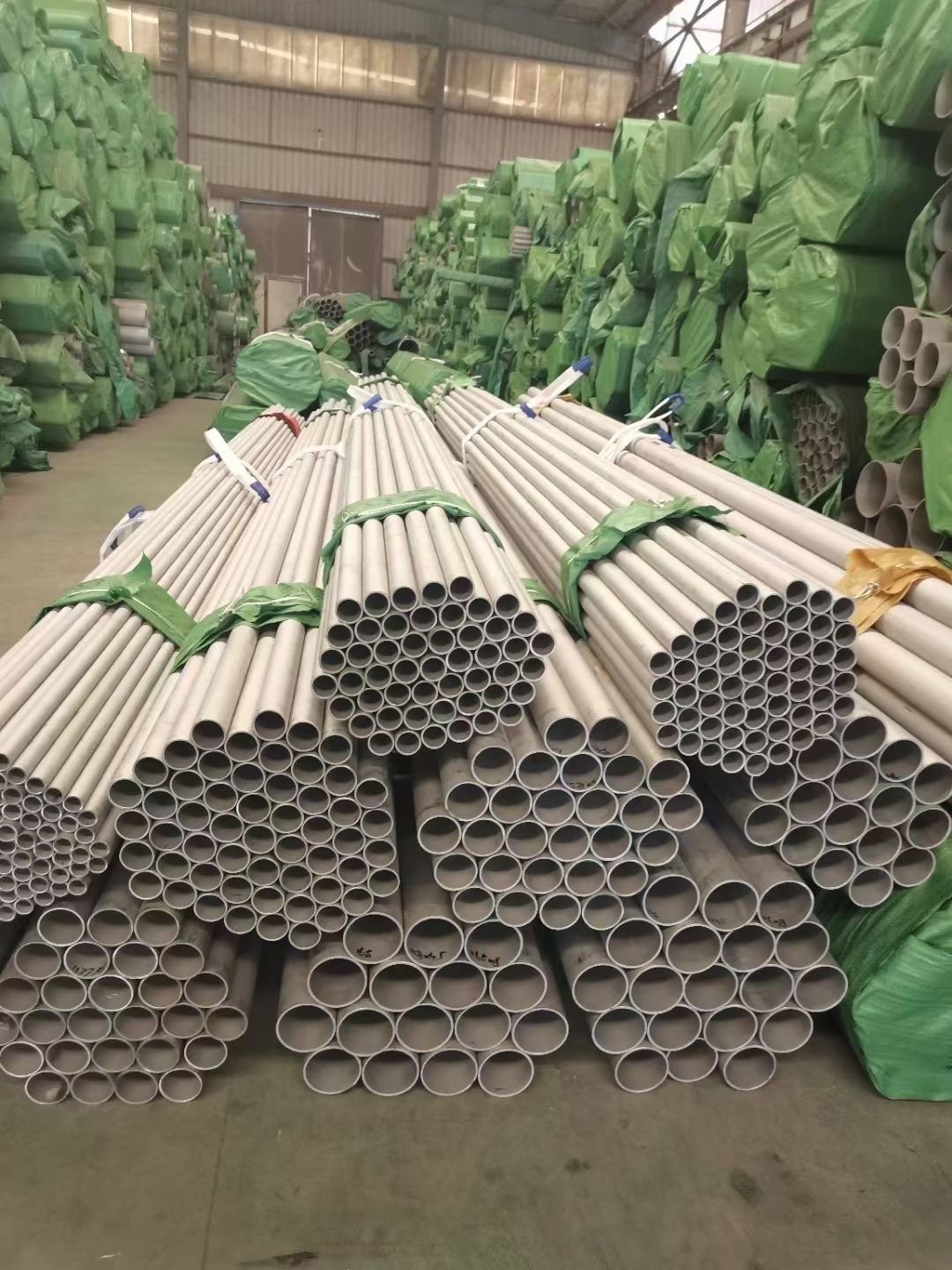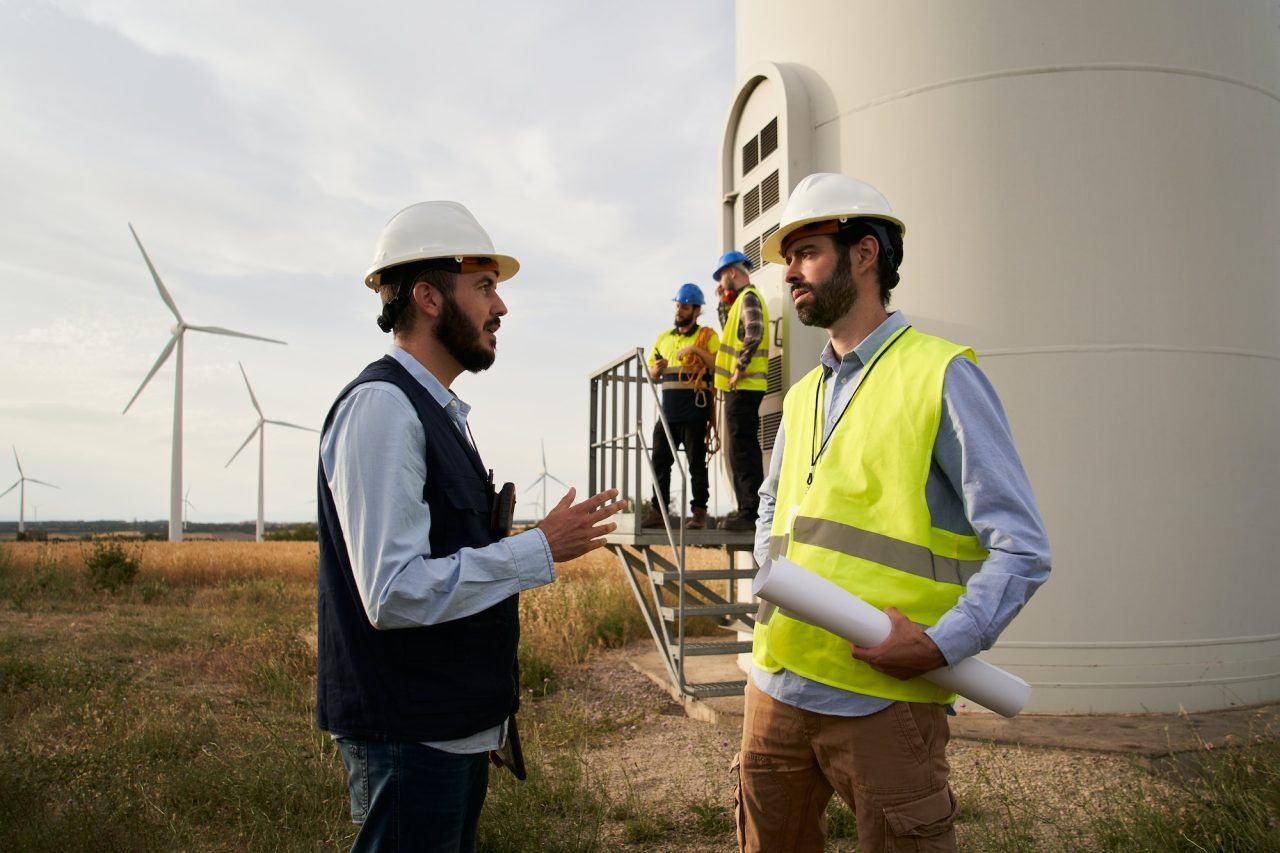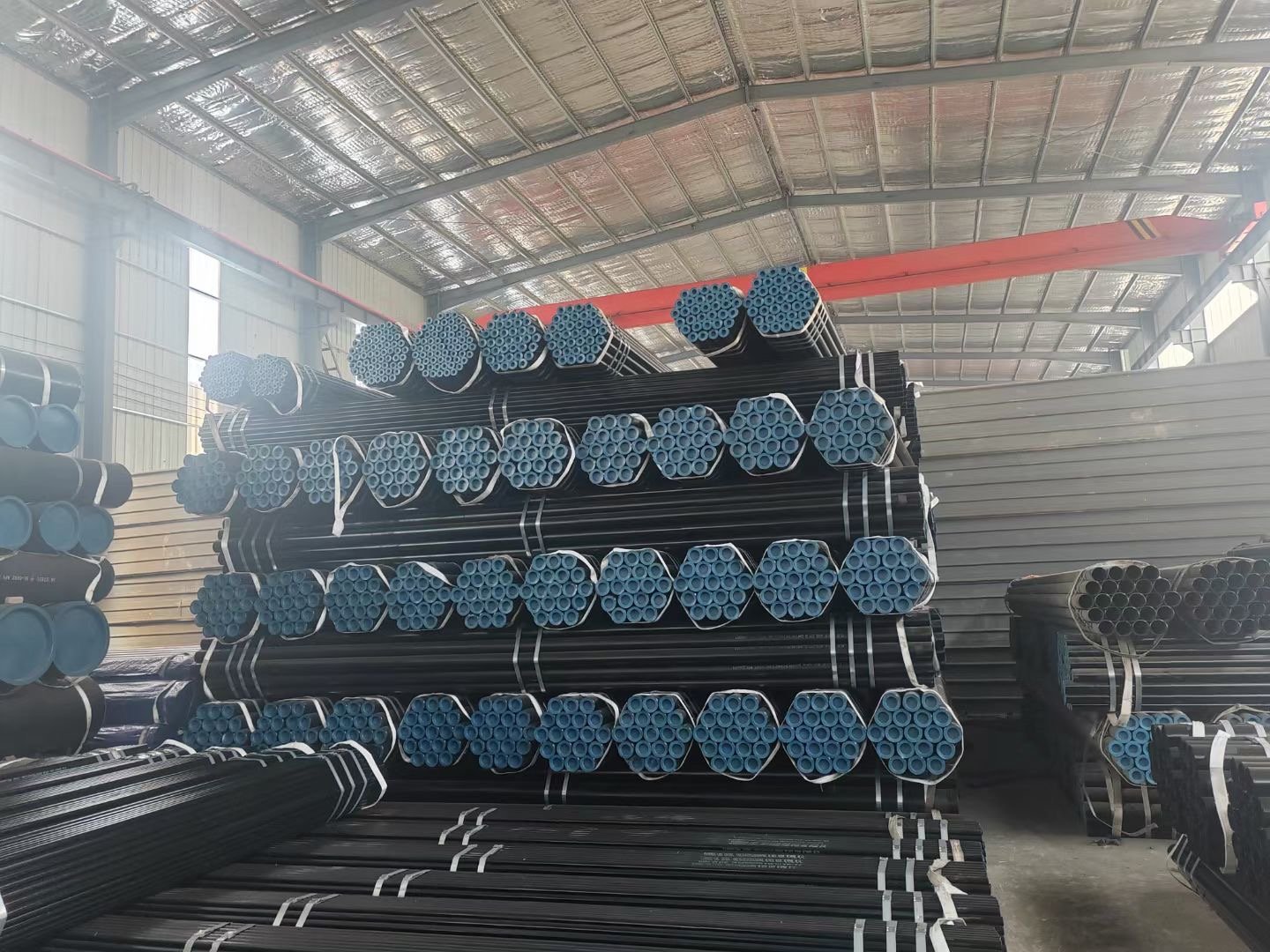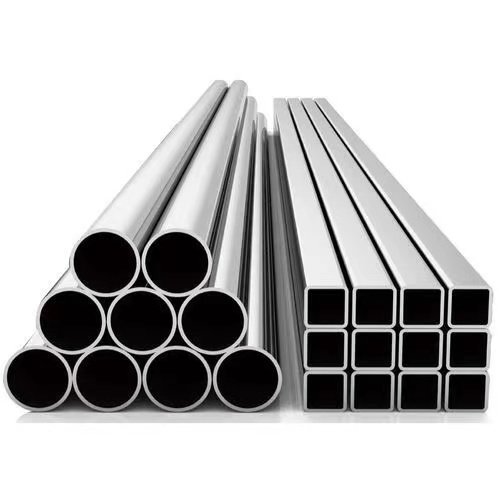1. Gathering Pipelines
- Function: Transport oil or gas from the production wells to processing facilities or storage areas.
- Features: Typically shorter in length and smaller in diameter compared to other types of pipelines.
- Materials: May use both steel and plastic, depending on the pressure and fluid characteristics.
2. Transmission Pipelines
- Function: Move oil or gas over long distances, from processing facilities to distribution centers or storage facilities.
- Features: Characterized by their long length and large diameter. They operate at high pressures to transport the product efficiently.
- Materials: Mainly constructed from high-strength carbon steel due to the high pressures involved.
3. Distribution Pipelines
- Function: Distribute natural gas to homes, businesses, and industries in urban and suburban areas.
- Features: Form an extensive network with a range of diameters and operate at lower pressures than transmission lines.
- Materials: Often made from durable plastics or smaller-diameter steel pipes.
4. Feeder Pipelines
- Function: Connect to transmission lines, delivering oil and gas to local distribution networks or end users.
- Features: Intermediate in size and operate at varying pressures, serving as a link between long transmission lines and local distribution networks.
- Materials: Typically constructed from carbon steel.
5. Flowlines
- Function: Transport unprocessed fluid from the wellhead to the processing facility, storage tanks, or into a larger gathering pipeline system.
- Features: Relatively short and operate at lower pressures.
- Materials: Often made from carbon steel or flexible materials to handle the variable conditions near extraction points.
6. Subsea Pipelines
- Function: Specifically designed for transporting oil and gas from offshore fields to onshore facilities.
- Features: Engineered to withstand harsh subsea environments, including high pressure and corrosive conditions.
- Materials: Generally made from corrosion-resistant alloys and may include special coatings or insulation.
Conclusion
Each pipeline type plays a vital role in the different stages of oil and gas production and distribution. From the initial gathering of raw materials to the distribution of finished products, these pipelines ensure the continuous flow of resources, adhering to specific design and material requirements to meet operational needs and safety standards in the oil and gas industry.

